公司规模
SME
地区
- America
国家
- United States
产品
- Datadog Infrastructure Monitoring
技术栈
- Python
实施规模
- Enterprise-wide Deployment
影响指标
- Environmental Impact Reduction
- Productivity Improvements
技术
- 分析与建模 - 实时分析
适用行业
- 可再生能源
适用功能
- 维护
- 质量保证
用例
- Condition Monitoring
- 预测性维护
服务
- 数据科学服务
关于客户
Charm Industrial 是一家环保公司,设计、制造和运营移动式快速热解器,用于去除大气中的二氧化碳,并帮助减轻全球气候变化的影响。该公司的目标是减少全球变暖和气候变化的影响。为了实现这一目标,Charm 计划每年使用一批快速移动式热解器从大气中封存数十亿吨二氧化碳 (CO₂)。该公司的热解器系统利用高温分解农业和森林生物质残留物并将其转化为生物油,用于碳去除。这些系统执行各种工作,并具有严格的安全标准。每个系统都包括测量关键数据(例如温度和压力)的传感器,以确保 Charm 不超过安全阈值。
挑战
Charm Industrial 的目标是减少全球变暖和气候变化的影响。要实现这一目标,Charm 每年需要使用一批快速移动的热解器从大气中封存数十亿吨二氧化碳 (CO₂)。Charm 最终将全天候运行数万台热解器。对于 Charm 的软件和电子部门主管/科学家 Edward Young 来说,这是一个巨大的挑战。“当你拥有数万个系统时,你不可能在每个站点都安排操作员,”他说。“为了扩大业务规模,我们需要一种方法来同时远程实时监控多个系统。”Charm 的热解器系统利用高温分解农业和森林生物质残留物,并将其转化为生物油,用于碳去除。这些系统执行各种工作,并具有严格的安全标准。每个系统都包括测量关键数据(如温度和压力)的传感器,以确保 Charm 不超过安全阈值。团队需要实时监控所有这些数据。
解决方案
Charm 使用 Datadog 的基础设施监控解决方案作为其主要系统监控界面,以收集和提醒所有 Charm 系统的实时指标,并构建数据可视化,以便他们可以轻松地与公司内的多个利益相关者共享。这种对关键数据的即时访问将分析时间从两到三天缩短到几个小时,使团队能够轻松识别趋势并深入了解系统的运行情况。Young 和他的团队使用 Python 汇总来自 Charm 传感器的原始数据并将其作为自定义指标发送到 Datadog,然后通过仪表板实时显示在公司和全球范围内。他立即对自己能够如此快速地使用 Datadog 直观的仪表板和拖放功能可视化数据并收集见解感到印象深刻。今天,整个约 30 人的技术团队都可以通过定制的仪表板访问系统数据(包括温度、压力、流量和气体成分),这使他们能够对系统进行持续的主动监控并向相关团队发出潜在问题的警报。
运营影响
数量效益

Case Study missing?
Start adding your own!
Register with your work email and create a new case study profile for your business.
相关案例.
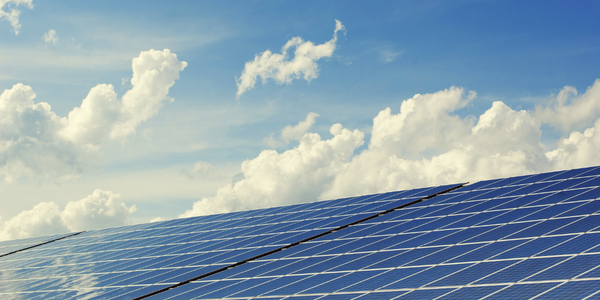
Case Study
Remote Monitoring & Predictive Maintenance App for a Solar Energy System
The maintenance & tracking of various modules was an overhead for the customer due to the huge labor costs involved. Being an advanced solar solutions provider, they wanted to ensure early detection of issues and provide the best-in-class customer experience. Hence they wanted to automate the whole process.
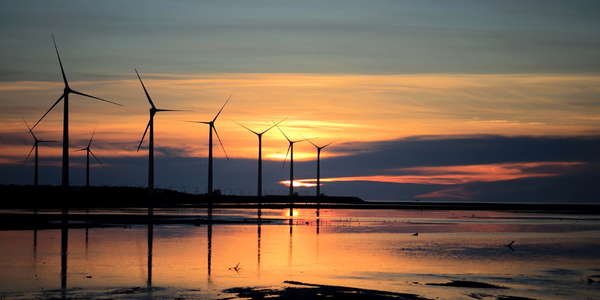
Case Study
Vestas: Turning Climate into Capital with Big Data
Making wind a reliable source of energy depends greatly on the placement of the wind turbines used to produce electricity. Turbulence is a significant factor as it strains turbine components, making them more likely to fail. Vestas wanted to pinpoint the optimal location for wind turbines to maximize power generation and reduce energy costs.
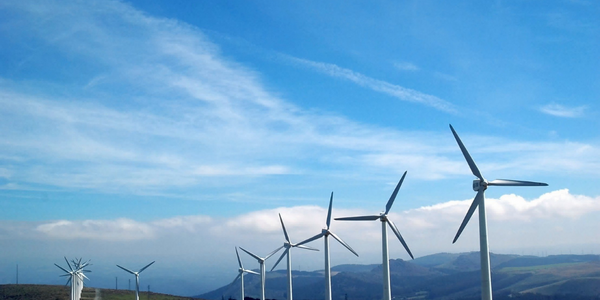
Case Study
Siemens Wind Power
Wind provides clean, renewable energy. The core concept is simple: wind turbines spin blades to generate power. However, today's systems are anything but simple. Modern wind turbines have blades that sweep a 120 meter circle, cost more than 1 million dollars and generate multiple megawatts of power. Each turbine may include up to 1,000 sensors and actuators – integrating strain gages, bearing monitors and power conditioning technology. The turbine can control blade speed and power generation by altering the blade pitch and power extraction. Controlling the turbine is a sophisticated job requiring many cooperating processors closing high-speed loops and implementing intelligent monitoring and optimization algorithms. But the real challenge is integrating these turbines so that they work together. A wind farm may include hundreds of turbines. They are often installed in difficult-to-access locations at sea. The farm must implement a fundamentally and truly distributed control system. Like all power systems, the goal of the farm is to match generation to load. A farm with hundreds of turbines must optimize that load by balancing the loading and generation across a wide geography. Wind, of course, is dynamic. Almost every picture of a wind farm shows a calm sea and a setting sun. But things get challenging when a storm goes through the wind farm. In a storm, the control system must decide how to take energy out of gusts to generate constant power. It must intelligently balance load across many turbines. And a critical consideration is the loading and potential damage to a half-billion-dollar installed asset. This is no environment for a slow or undependable control system. Reliability and performance are crucial.
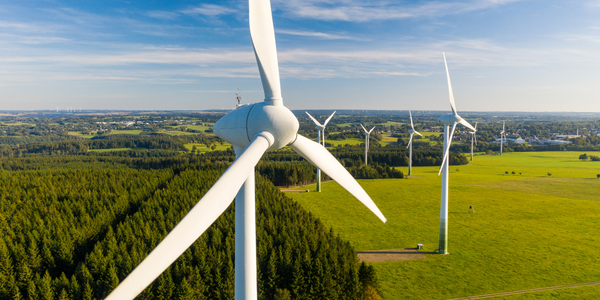
Case Study
Remote Monitoring and Control for a Windmill Generator
As concerns over global warming continue to grow, green technologies are becoming increasingly popular. Wind turbine companies provide an excellent alternative to burning fossil fuels by harnessing kinetic energy from the wind and converting it into electricity. A typical wind farm may include over 80 wind turbines so efficient and reliable networks to manage and control these installations are imperative. Each wind turbine includes a generator and a variety of serial components such as a water cooler, high voltage transformer, ultrasonic wind sensors, yaw gear, blade bearing, pitch cylinder, and hub controller. All of these components are controlled by a PLC and communicate with the ground host. Due to the total integration of these devices into an Ethernet network, one of our customers in the wind turbine industry needed a serial-to-Ethernet solution that can operate reliably for years without interruption.
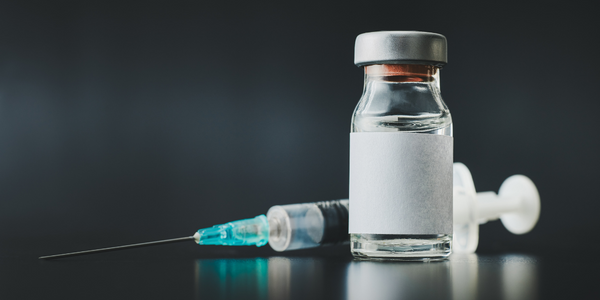
Case Study
Temperature monitoring for vaccine fridges
Dulas wanted a way to improve the reliability of the cold chain, facilitating maintenance and ensuring fewer vaccines are spoiled. Dulas wanted an M2M solution which would enable them to record and report the temperature inside vaccine refrigerators.
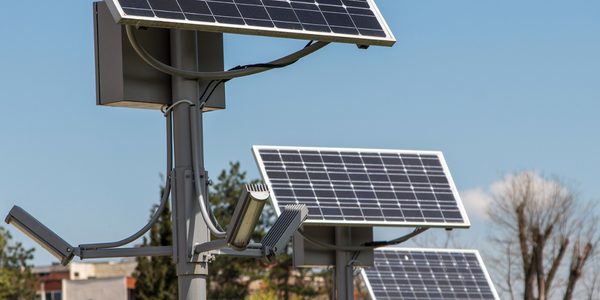
Case Study
IoT Powering A New Way to Light Streets with Bifacial Solar Panels
When James Meringer’s commercial contracting business experienced a rapid increase in solar projects, he also saw an opportunity to extend the benefits of solar by using the bifacial solar panels he’d become familiar with in new ways. Bifacial solar panels enable sunlight from both sides of the panel, making it a more efficient harvest of solar power. Seeing the panel’s power, James and his team set out to use the same technology for street lighting. Until now, solar street lights have served as utilitarian solutions that force designers to choose between form and function. The Mira Bella Energy team has changed that.







